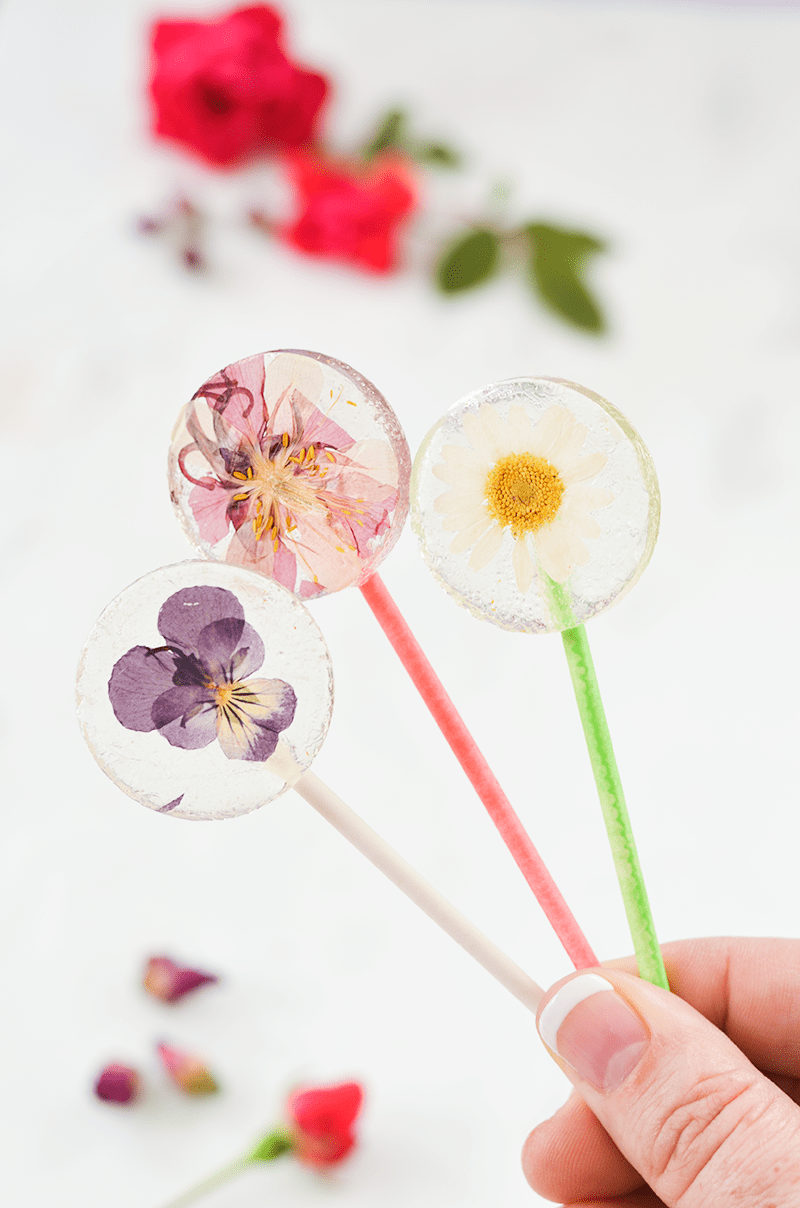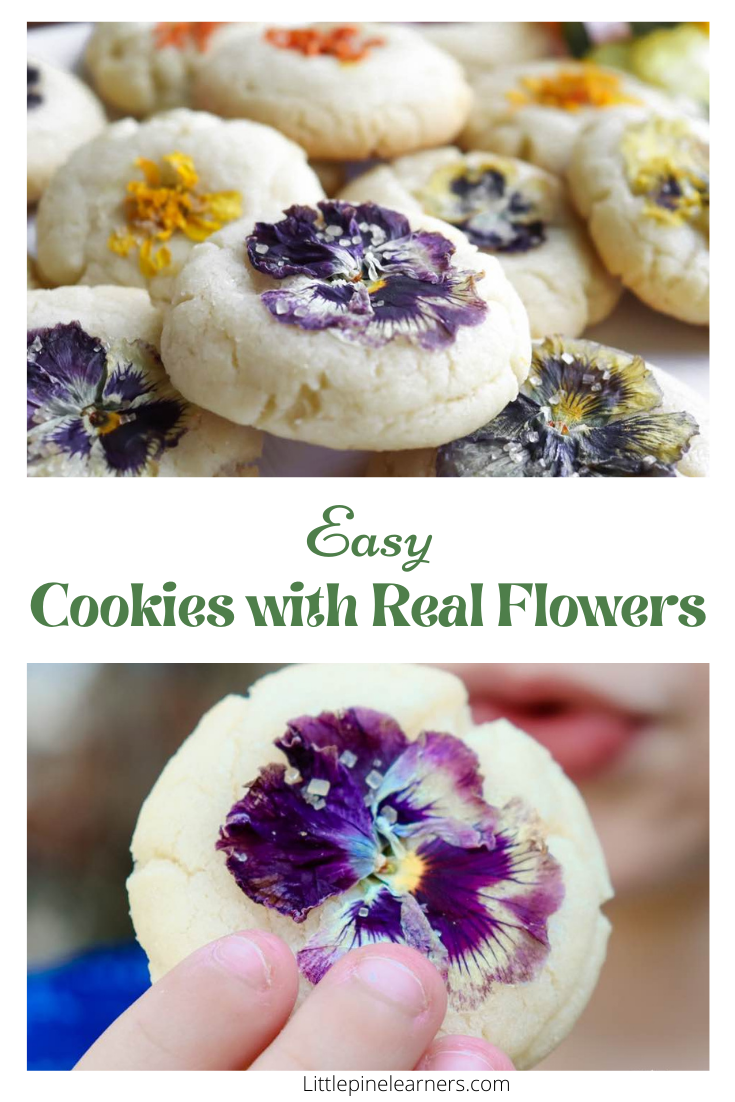How To Make Edibles With Flower
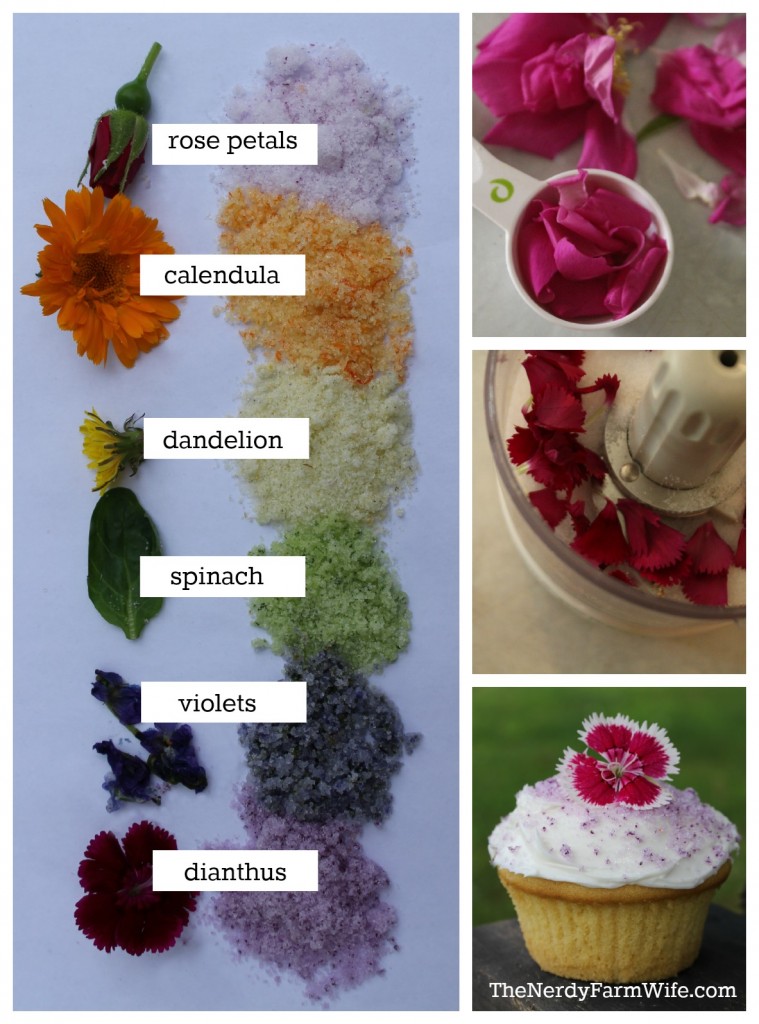
The rising popularity of cannabis consumption has led many to explore alternatives to traditional smoking, with edibles emerging as a preferred option for some. Creating cannabis-infused food, however, requires careful preparation and understanding of the processes involved to ensure both safety and desired effects. Here's a breakdown of how to make edibles using cannabis flower, focusing on responsible practices.
This guide aims to provide a comprehensive overview of the edible-making process, emphasizing accurate decarboxylation and infusion techniques. Understanding these steps is crucial for controlling the potency and ensuring a predictable edible experience. Remember that the effects of edibles can be significantly stronger and longer-lasting than those of inhaled cannabis.
Decarboxylation: Activating the Cannabinoids
The first and most crucial step in making edibles is decarboxylation. This process converts THCA, the non-psychoactive acid form of THC present in raw cannabis flower, into THC, the psychoactive compound responsible for the "high." Without decarboxylation, your edibles will have minimal to no psychoactive effect.
To decarboxylate cannabis flower, preheat your oven to 220-240°F (105-115°C). Spread the ground cannabis flower evenly on a baking sheet lined with parchment paper.
Bake for 30-45 minutes, stirring gently halfway through to ensure even heating. The flower should turn a light to medium golden brown color. This indicates that the decarboxylation process is complete.
Infusion: Extracting the Cannabinoids
Once decarboxylated, the cannabis flower needs to be infused into a fat, such as butter or oil. THC is fat-soluble, meaning it binds to fats, allowing it to be extracted from the plant material.
Infusing with Butter (Cannabutter)
Cannabutter is a versatile ingredient that can be used in a wide variety of baked goods and other recipes. To make cannabutter, melt butter in a saucepan over low heat. Add the decarboxylated cannabis flower to the melted butter.
Simmer on low heat for 2-3 hours, stirring occasionally. The mixture should not boil, as this can degrade the THC. Maintain a gentle simmer for optimal extraction.
After simmering, strain the cannabutter through a cheesecloth-lined strainer into a heat-safe container. Discard the strained plant material.
Refrigerate the cannabutter until it solidifies. Any remaining water will separate from the butter and can be discarded.
Infusing with Oil (Cannaoil)
Cannaoil, made with coconut oil or other cooking oils, is another common ingredient for edibles. The process is similar to making cannabutter. Combine decarboxylated cannabis flower and oil in a saucepan over low heat.
Simmer on low heat for 2-3 hours, stirring occasionally. Ensure the mixture doesn't boil. The goal is a slow, gentle infusion.
Strain the cannaoil through a cheesecloth-lined strainer into a heat-safe container. Discard the strained plant material. Store the cannaoil in a cool, dark place.
Dosage: A Critical Consideration
Determining the appropriate dosage is paramount when making and consuming edibles. The potency of edibles can vary widely depending on the strain of cannabis used, the efficiency of the decarboxylation and infusion processes, and the amount of infused butter or oil used in a recipe.
Start with a low dose, especially if you are new to edibles. A common starting dose is 2.5-5mg of THC. Wait at least 1-2 hours to feel the full effects before consuming more.
Utilize online dosage calculators to estimate the THC content per serving in your edibles. These calculators require information such as the THC percentage of the cannabis flower and the amount of butter or oil used.
Important Note: Edibles can take longer to take effect than inhaled cannabis, sometimes up to two hours or more. The effects can also be much stronger and longer-lasting. Consume responsibly and be patient.
Safety and Legal Considerations
Cannabis laws vary widely depending on your location. It is crucial to understand and comply with all applicable laws and regulations before making or consuming edibles.
Store edibles securely, out of reach of children and pets. Label them clearly to avoid accidental consumption. Properly labeled edibles are a must have.
Never drive or operate heavy machinery after consuming edibles. The impairing effects of cannabis can last for several hours.
Responsible consumption is key to enjoying edibles safely and legally. Educate yourself, start low, and go slow.
Human-Interest Angle: Personal Experiences
Many individuals have found relief from chronic pain, anxiety, and other conditions through the use of cannabis edibles. However, it's essential to consult with a healthcare professional before using cannabis for medicinal purposes.
Some users report enhanced creativity and relaxation after consuming edibles. Others have experienced adverse effects, such as anxiety or paranoia, particularly with high doses. Individual responses to cannabis can vary significantly.
Understanding your own body and tolerance is crucial for a positive experience with edibles. Start with a low dose and gradually increase it as needed, paying close attention to how your body reacts.
Conclusion
Making edibles with cannabis flower can be a rewarding experience, but it requires careful attention to detail and a commitment to safety. By following the steps outlined above and practicing responsible consumption, you can create edibles that are both enjoyable and predictable.
Remember to prioritize accurate decarboxylation, proper infusion techniques, and precise dosage control. Always start with a low dose and be patient, allowing ample time for the effects to manifest before consuming more.
With knowledge and caution, you can explore the world of cannabis edibles in a safe and informed manner.

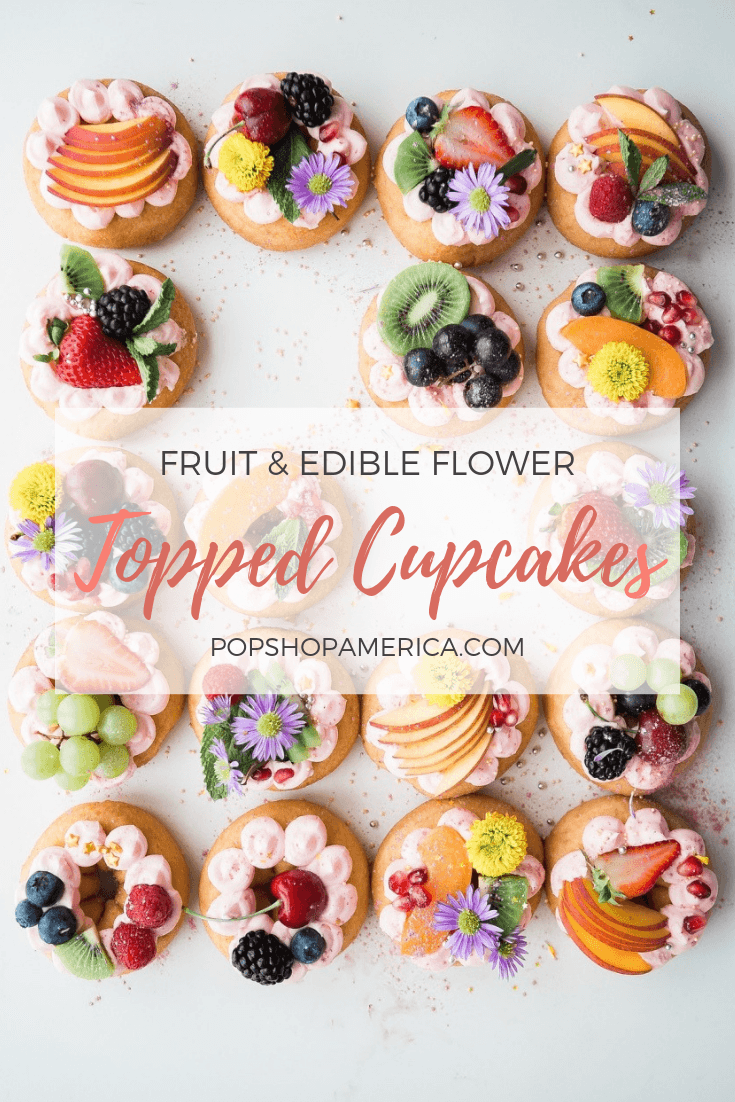
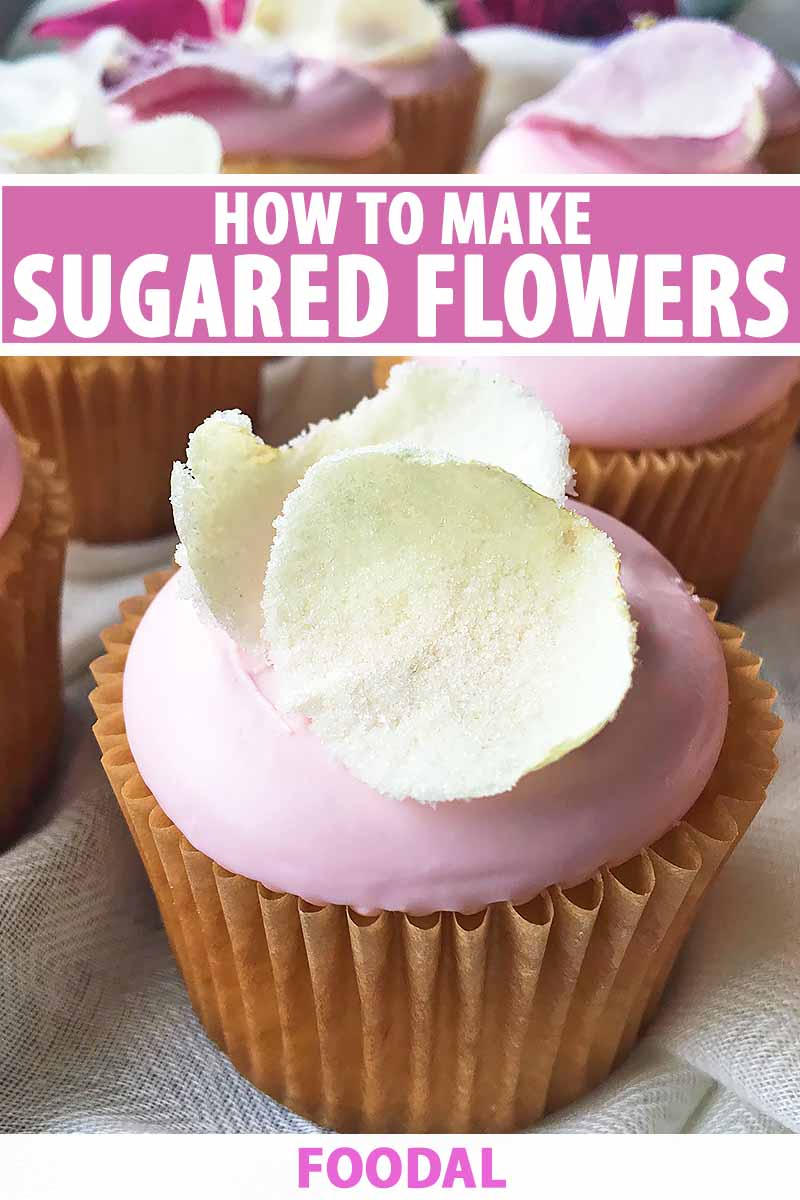
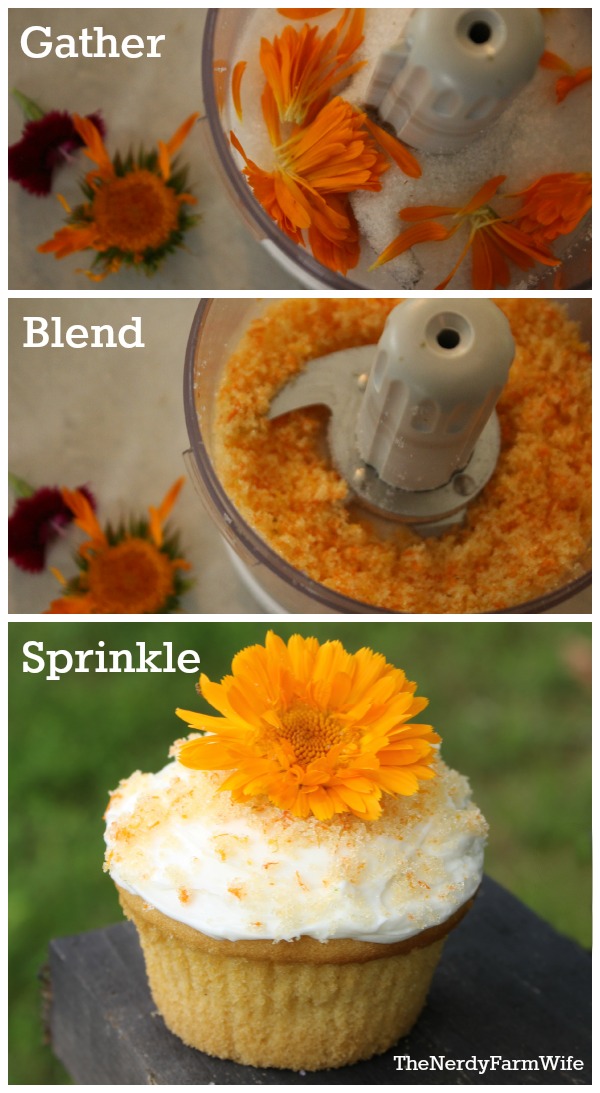


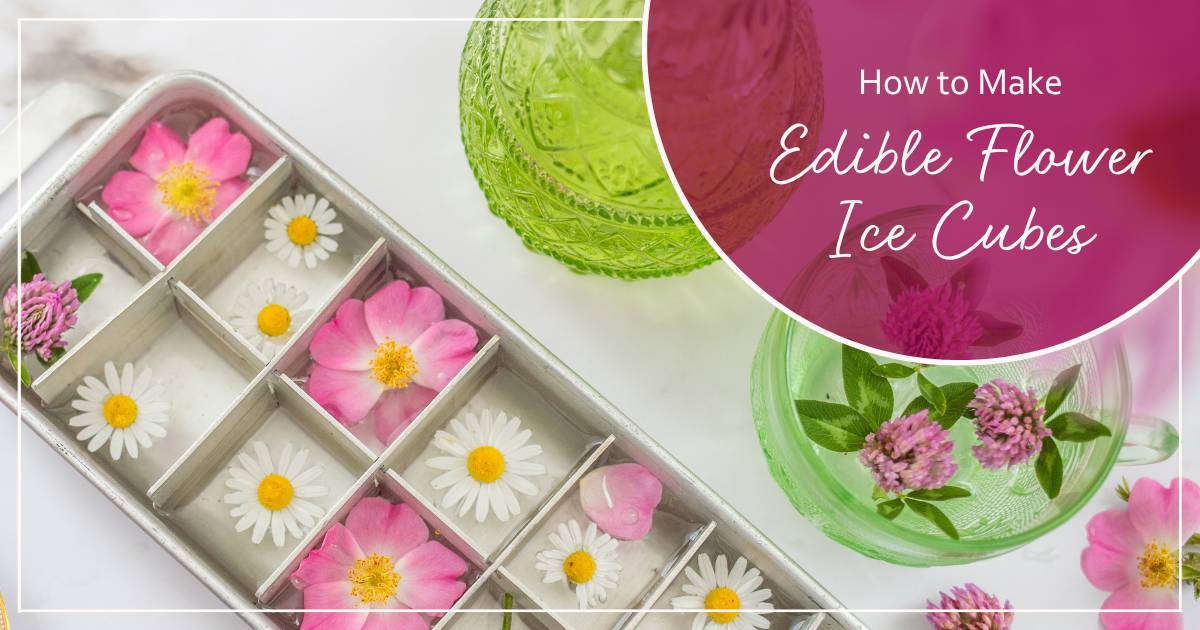
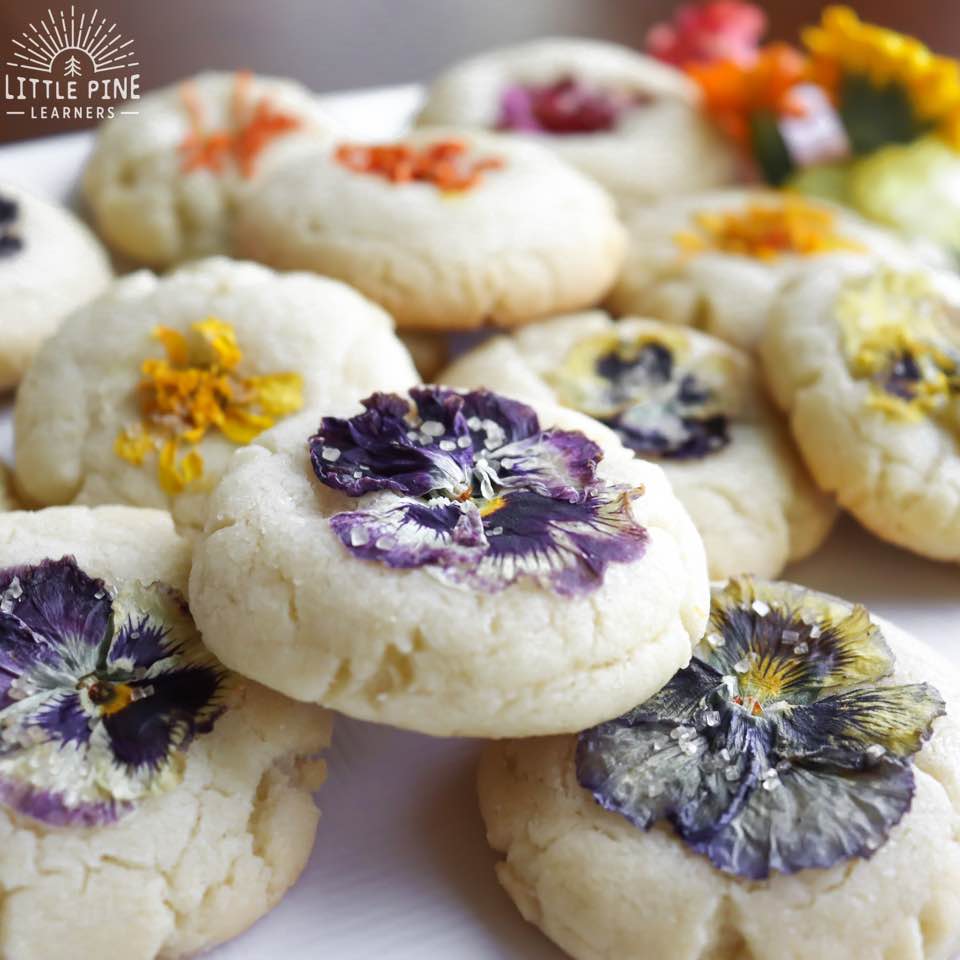

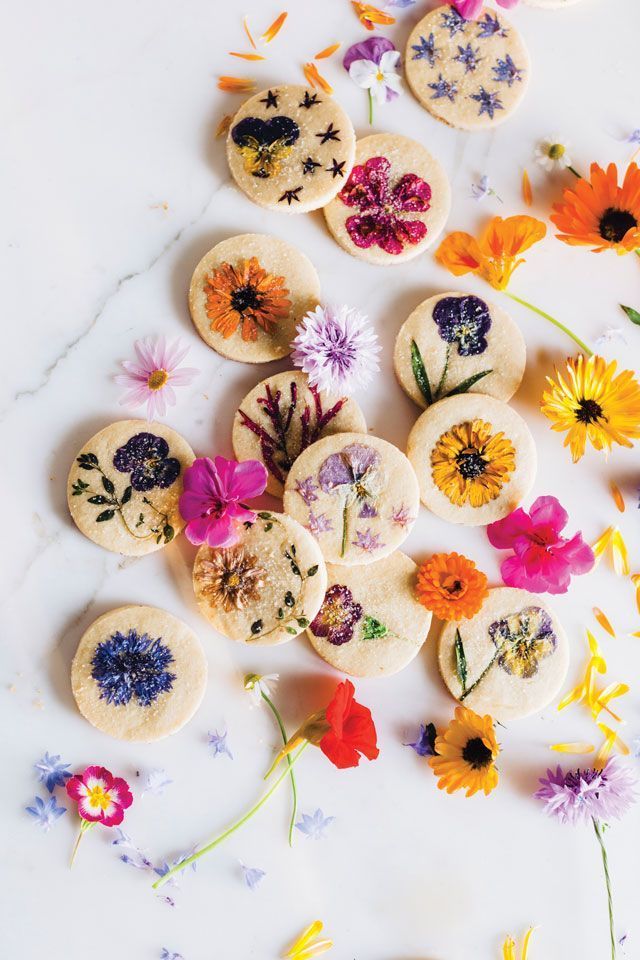



.jpg)
